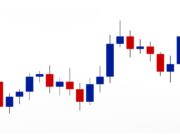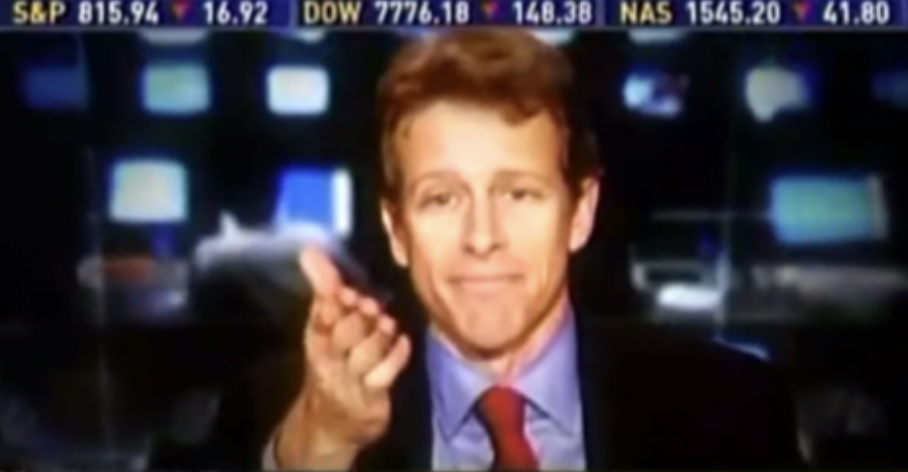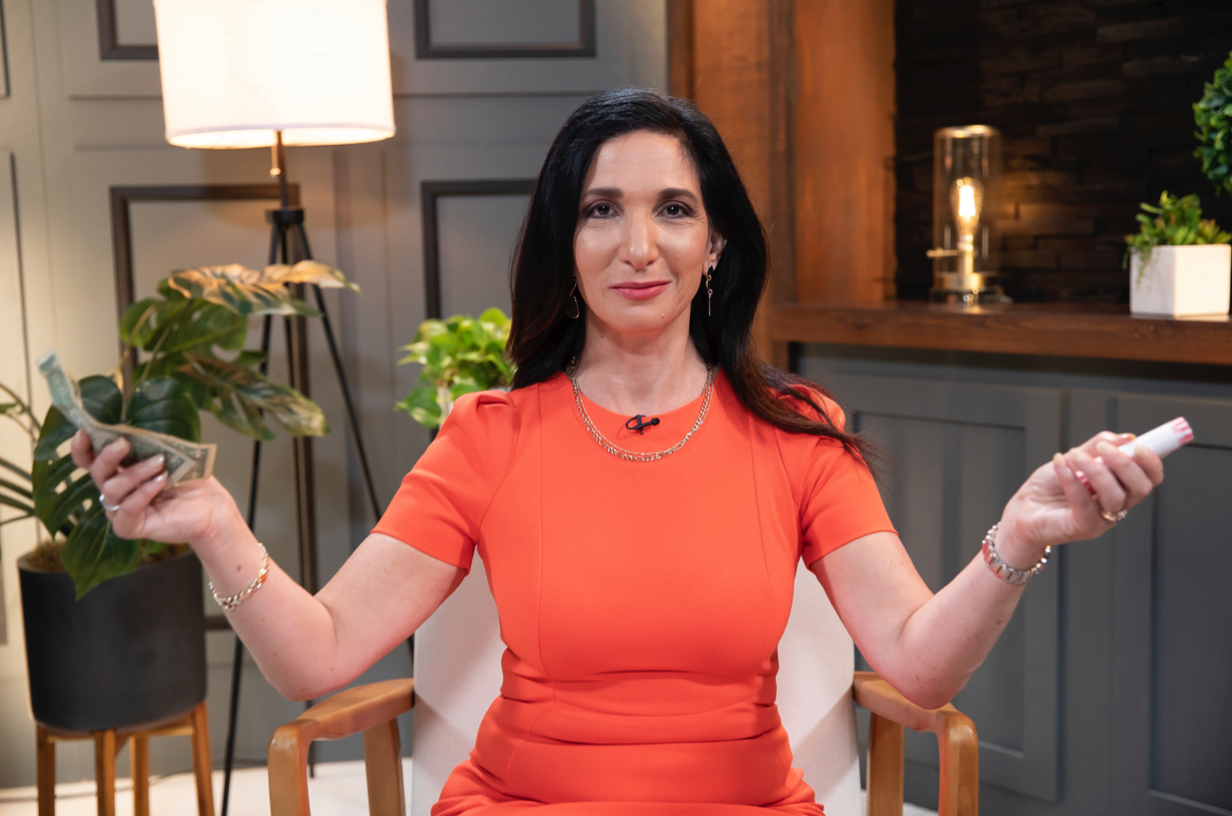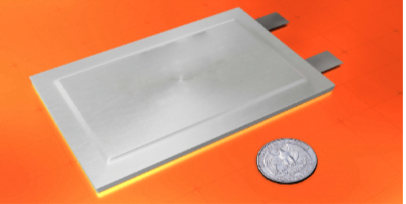Despite Friday’s pullback, stocks rebounded last week, with the major indexes posting sizeable gains following stronger-than-expected corporate earnings. For the week, the Dow gained 2%, and the S&P 500 gained 2.6%, to finish Friday’s session 8% up from its June low. Meanwhile, the tech-heavy Nasdaq led the gains, stacking on 3.3%. Treasuries also rallied this week as recession fears boosted the appeal of safe haven assets.
About 20% of the S&P 500 have reported Q2 results so far this earnings season. Of the companies that have reported, 68% had exceeded net income expectations, trailing the 77% five-year average, according to FactSet. This week will be huge for big tech earnings, with Microsoft (MSFT) and Alphabet (GOOG) reporting Tuesday, Meta Platforms (META) reporting Wednesday, and Apple (AAPL) and Amazon (AMZN) reporting Thursday.
The July Federal Open Market Committee policy meeting kicks off on Tuesday. The central bank is widely expected to raise its benchmark federal funds rate by 75-100 basis points. Investors will be looking for clues on the Fed’s course of action for future rate hikes during the final three policy meetings of 2022, in September, November, and December.
Our team has three recommendations this week, including a strategy offering large cap exposure with a unique twist and mighty mid-cap that’s poised to perform.
Analysts expect a torrid pace of profit growth over the next few years for mighty mid-cap Chart Industries (GTLS), which manufactures cryogenic equipment for industrial gasses such as liquefied natural gas (LNG). Indeed, the Street forecasts compound annual EPS growth of more than 34% over the next three to five years.
In the near term, the company is benefitting from the growing demand for LNG caused by Russia’s invasion of Ukraine. Geopolitical turmoil helped GTLS gain 6% for the year to date, outperforming the large-cap Dow Jones Industrial Average, which has lost 13% in the same period.
Zooming out, LNG gives long-term-minded GTLS investors exposure to the global secular trend toward sustainable energy. Analysts say the company’s unique portfolio of technologies gives it an edge in the growing industry. BTIG analyst Gregory Lewis says the company is “threading the needle” and “expanding into the right places at the right time” by balancing its core industrial gas business and energy transition exposure with bolt-ons and partnerships across hydrogen, and carbon capture, water treatment, and specialty gasses.
“Chart offers multi-pronged, desirable and direct exposure to the energy transition with its core base of industrial gasses and LNG-related products,” Read writes. The analyst believes the company is “among the leaders in providing critical equipment and supplies for the rapidly expanding hydrogen and CCUS rollouts during the 2020s and likely well beyond.” The analyst recognizes both the short- and medium-term valuations “appear stretched by conventional metrics,” he thinks elevated multiples are appropriate given that its “key markets are on track to more than quintuple by the end of the decade.”
For the most part, the pros on Wall Street agree that this energy transition stock is a Buy now. Of 17 analysts offering recommendations for Chart Industries, 14 rate the stock a Buy, and 3 call it a Hold. There are no Sell ratings for the stock. A median price target of $205 represents a 26% upside from Friday’s closing price.
Israel-based Nice Ltd. (NICE) is a provider of enterprise software with more than 27,000 customers (including 85% of the Fortune 100) from 150 countries. Its operating segments consist of Customer Interactions Solutions and Financial Crime & Compliance Solutions. Over the past year, the company generated $2.0 billion in revenue, and approximately $1.1 billion was cloud-based revenue. Over the past three years, the company’s revenue grew 22.3%, from $1.57 billion in 2019 to $1.92 billion in 2021. In terms of profits, its operating profit rose 10.6% to $263.9 million from $238.7 million a year earlier.
Building on the stellar growth, the company reiterated its ambitious targets when it unveiled its NICE3D strategic plan during its recent investor’s day event. The company outlined its updated financial goals through fiscal 2026, headlined by 30%+ operating margins and double-digit revenue growth. Nice currently trades at 6.74x sales, considerably less than its main competitor Five9 at 10.03x.
The current consensus among 12 polled analysts is to Buy NICE. A median price target of $265 represents an increase of 27% from Friday’s closing price.
According to FactSet, S&P 500 companies are expected to post a 4.2% increase in second-quarter profits and a 10.2% increase in revenue. Full-year profit expectations are also still high, with S&P 500 companies expected to post a 9.9% earnings increase for 2022, despite growing recession fears.
Many on Wall Street believe markets will likely remain volatile in the coming months as investor sentiment fluctuates between hopes and fears of economic growth and inflation. Our following recommendation is an investment that provides large cap exposure with a twist and allows investors to benefit from extreme shifts in market sentiment.
One of the first ETFs to launch from Simplify, The Simplify US Equity PLUS Downside Convexity ETF (SPD) seeks to provide capital appreciation by offering US large cap exposure while aiming to boost performance during extreme market moves down via a systematic options overlay. The actively managed fund’s core holding gives investors low-cost, index-based exposure to US large caps. A modest option overlay budget is then deployed into a series of options positions that help create downside convexity in the fund.
Under normal circumstances, it invests at least 80% of its net assets (plus any borrowings for investment purposes) in equity securities of US companies, primarily by purchasing ETFs. The downside convexity option overlay consists of purchasing exchange-traded and over-the-counter put options on the S&P 500 Index or an S&P 500 Index ETF.
The option strategy is designed to provide downside protection without capping any upside participation, or in other words, creates downside convexity in the fund. The specific put option contracts are selected strategically based on the adviser’s evaluation of relative value, strike price, and maturity. Investors should anticipate a non-linear relationship between the fund’s and market returns.
SPD is useful as a short-term tool and also as a longer-term portfolio component. Its performance YTD has been similar to the S&P 500. The fund is cheap relative to peers, with an expense ratio of just 0.28%.
Should you invest in Chart Industries right now?
Before you consider buying Chart Industries, you'll want to see this.
Investing legend, Keith Kohl just revealed his #1 stock for 2022...
And it's not Chart Industries.
Jeff Bezos, Peter Thiel, and the Rockefellers are betting a colossal nine figures on this tiny company that trades publicly for $5.
Keith say’s he thinks investors will be able to turn a small $50 stake into $150,000.
Find that to be extraordinary?
Click here to watch his presentation, and decide for yourself...
But you have to act now, because a catalyst coming in a few weeks is set to take this company mainstream... And by then, it could be too late.
Click here to find out the name and ticker of Keith's #1 pick...










